The year is 1967. A paper is published that causes pandemonium in the scientific community. The discovery causes a fundamental shift in thinking divergent from long-held beliefs. And like the discovery that the Earth does indeed revolve around the sun and not the other way around, the discovery of exceptional diversity of life on the deep-sea floor radically changed the way we view the natural world.

Prior to 1967, the environmental extremes of the deep were thought to limit life. The deep sea is dark (can’t-see-your-hand-in-front-of-your-face dark), cold (only-four-degrees-above-freezing cold), and under an extreme amount of pressure (one-elephant-on-each-square-inch-of-your-body pressure). This suite of factors should make survival challenging, and thus for a century, scientists assumed the deep sea was biologically a desolate wasteland. Even after the discoveries of animals living at extreme depths in the late 1800s, Victorian scientists expected that there could not be a diverse array of animals surviving in the deep sea. Enter Robert Hessler and Howard Sanders who in 1967 used newly developed sampling devices to discover that the deep sea is shockingly diverse, and perhaps just as diverse as tropical shallow-water habitats.
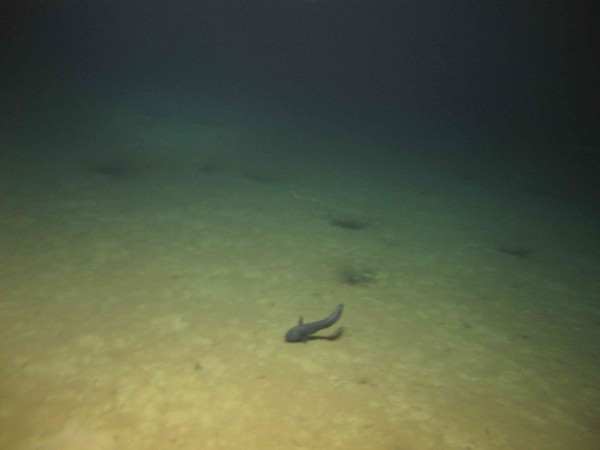
Scientists were completely baffled as to how high diversity could occur in such a bleak place. They began to throw out theories, but they were limited by the little data that had been gathered from a poorly explored deep ocean. The scientific publications of this time on deep-sea diversity read like there were a few people in a room with a whiteboard, writing everything they remember from their ecological textbooks, talking through each theory, slowly crossing off possibilities, and working their way down the list.

Howard Sanders began by writing “Specialization” on the whiteboard with his paper introducing the Stability-Time Hypothesis in 1968. He suggested that because the deep sea is monotonous and predictable (i.e., it is stable), populations have the evolutionary time to become newly specialized in how they feed. Over time, these populations become so specialized they evolve into totally new species, eventually driving diversity up. Further research and explorations indicated that the premise of this argument was wrong- the deep sea is actually not that stable.
Then, Paul Dayton and Robert Hessler walked up to the board and scratched off the “Specialization” idea with their paper in 1972 entitled “The role of biological disturbance in maintaining diversity in the deep sea.” The pair do not argue against the idea that the deep sea is predictable and stable. In fact, they favor the idea… except for the part where they proved that deep-sea species are actually not more specialized than shallow water species.
“Specialization” got a strikethrough on the whiteboard, and Dayton and Hessler wrote “Predation” below it. The duo introduced a specific type of predation pressure they labelled “biological cropping.” No, biological cropping is not deep-sea animals learning agricultural techniques… but a combination of predation and deposit feeding. Animals can eat other animals either intentionally (e.g. hunting down prey) or unintentionally (e.g. stuffing everything you come across into your mouth and it just so happens that you get a live one). This “cropping,” whether accidental or not, reduces competition by preventing one or a few abundant species from monopolizing the resource. These species get knocked out, allowing far more species to get a piece of the proverbial pie. Nobody gets sent into extinction by competition. Dayton and Hessler’s idea is not necessarily that diversity is driven to be high in the deep sea, just that it is not limited.
Dayton and Hessler’s “Predation” idea never got fully scratched off the list, but the difficulty of testing the idea and conflicting results have led many to write large question marks next to it. Many other ideas now are situated below “Predation,” including: “Disturbance,” “Patchiness,” and “Successional Dynamics.”
Ultimately, those of us in the deep-sea scientific community are still today standing around the dry erase board bouncing many of these same ideas off each other. Sometimes we manage to cross one off the list, or add one, or at least add to our understanding of the ideas. One thing is clear though, we still haven’t gotten it all figured out. So… anyone have a dry erase marker?
Share the post "How is the deep sea so diverse? The struggle is real for late 1900s ecologists"


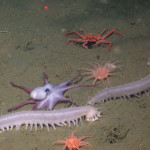
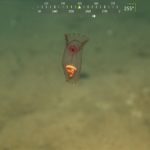
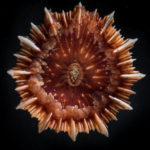
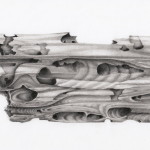
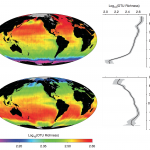
Welcome!
Love this interesting topic! And thanks for this great article.